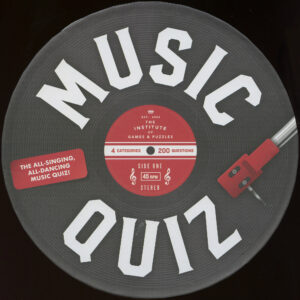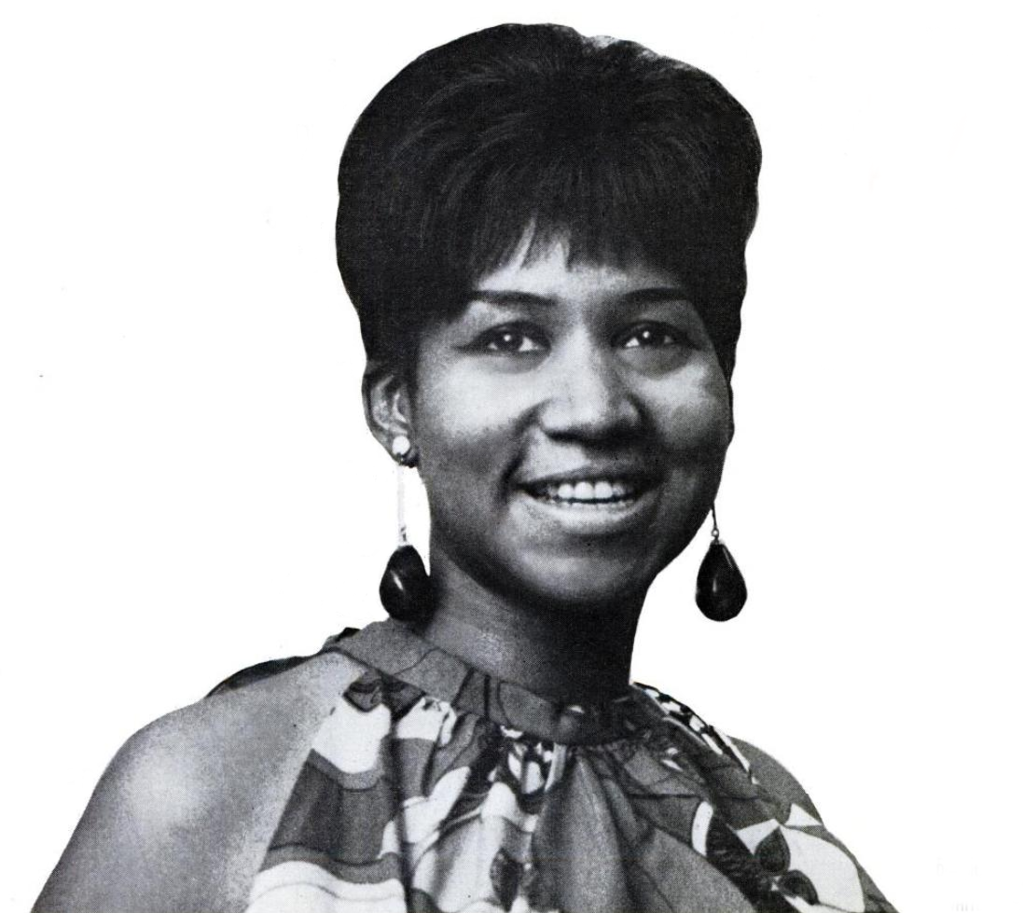Here is part of the very good profile of Otis Redding from the Rock and Roll Hall of Fame website, He was inducted in 1989:
Redding’s relatively unspectacular showing on the pop charts at a time when he was laying down some of the most titanic soul ever recorded – classics like “Respect” (a song he wrote, later covered by Aretha Franklin), “Try a Little Tenderness” and his terse, funky deconstruction of the Rolling Stones’ “Satisfaction” – may mean that he was too intensely soulful for the mainstream market at that time. He was, in many ways, larger than life. Redding, a proudly self-professed country boy from Macon, Georgia, had it all: a big, gravely voice, an enormous natural talent for songwriting and arranging, and a hard-working nature and generous disposition. As a singer, he styled himself after Little Richard (a fellow Macon native) and Sam Cooke in the early days, but he gradually acquired his own voice, imparting gruff, syncopated inflections to ballad and uptempo material. (Continue Reading…)
Below is “Try a Little Tenderness,” probably Redding’s biggest hit after (“Sittin’ on) The Dock of the Bay,” which was released after his tragic and premature death in a small plane accident in 1967. It was recorded only days before the accident.
Above is “Fa-Fa-Fa-Fa-Fa (Sad Song).” It’s a great song and the high quality of the video — it’s from the movie “Stax/Volt Revue Live In Norway 1967” — makes Redding’s talent come to life. Booker T. and the MGs is backing Redding. Check out this version, which is great in a far more intimate way.
Here is Redding’s website.










